The life of a horse is a very interesting thing. If you think about it, so much goes on in the years from when a horse was a foal to when a horse passes away. In this article I will break down the lifetime of a horse.
Birth
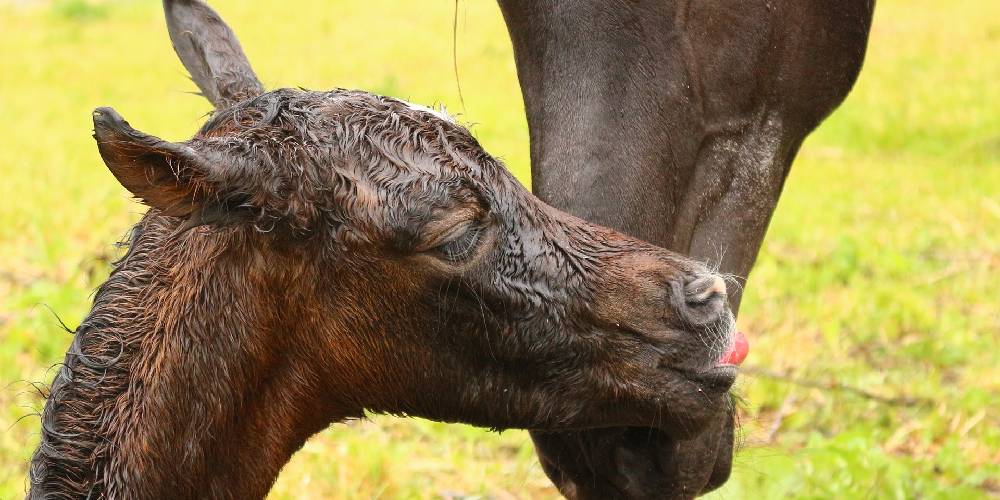
When a horse is born they are born with their front feet exiting their mother’s womb first which is then followed by their head and then the rest of their body. The foal will likely be born in a sack known as a placenta which is the sack that they grew and developed in when inside its mother.
When horses are born, they are born with soft feet that harden once they touch air. The reason they are born with soft feet is so when they are in their mother’s womb, they won’t internally injure her if they kick.
Horses are not born with teeth in many cases so usually the foal will just have pink gums to show off rather than a set of pearly whites.
Immediately at birth, it is easy to tell if a foal is a male or a female. A male foal is known as a colt and a female foal is known as a filly.
One Hour Old
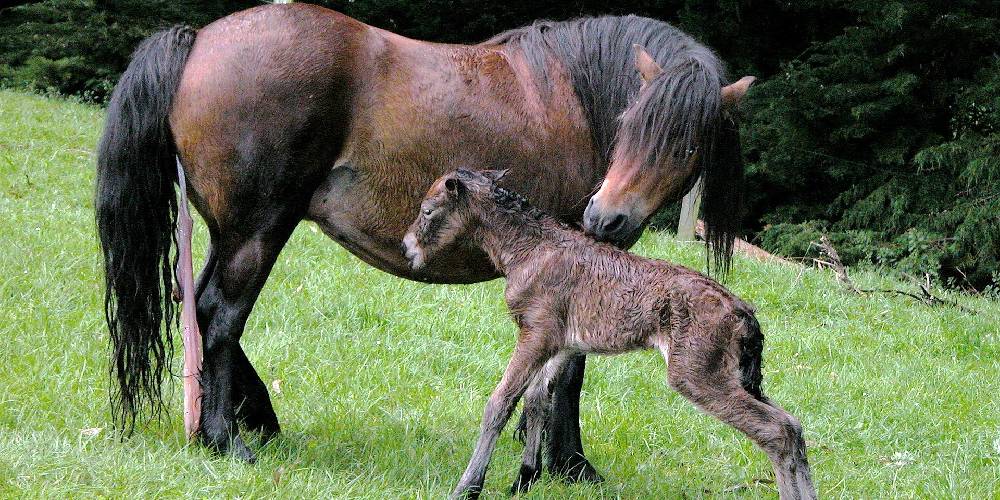
When a horse is one hour old a lot has already changed from birth. To name a few of the changes that a horse goes through in just their first hour, they include:
- Foals are able to stand at just one hour old
- The hooves of a foal are beginning to harden after reacting with the air around them
- Born wet, once they are one hour old the foal should have started to dry off
- By one hour of age, a foal should be able to nurse
In this first hour, a foal should be nursing as it is this first nurse that is the most important. This is because the first milk is known as colostrum. Colostrum is the mik that includes all of the antibodies, minerals, vitamins, and other good things that help boost a foal’s immune system.
Three Days Old
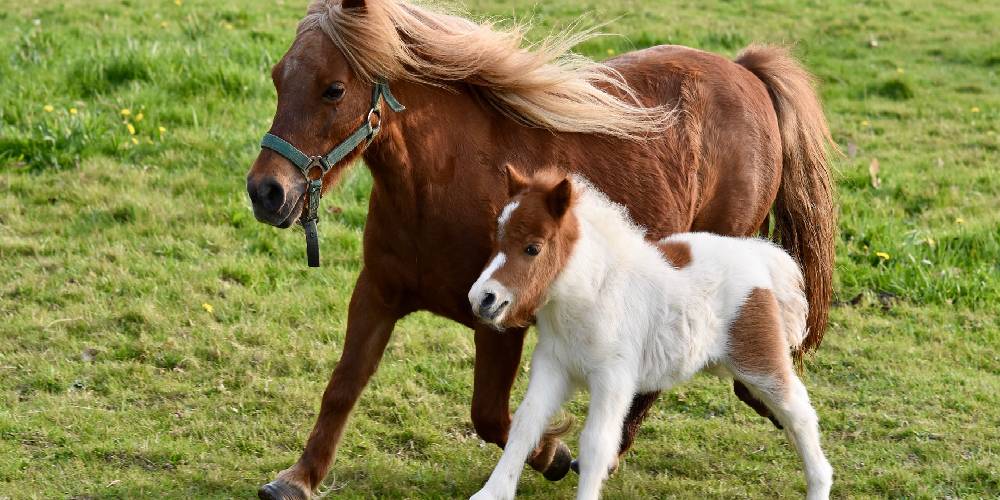
When a foal is three days old, their hooves should be hard and strong, they should be able to stand up fairly easily and nursing from their mother should not be difficult.
At just three days old, a foal is already able to keep up if not run as fast as its mother. Foals are born with the ability to run almost right away because they are prey animals and the need to escape is crucial when living in the wild.
At around this age, you might notice that a foal is kind of eating it smother’s poop. This is completely normal behavior as it helps to introduce healthy bacterias into the foal’s stomach and digestive system.
By this age, it is recommended that you handle the foal as much as possible so they learn not to fear people as well as get comfortable in a human’s presence.
From this age forward, I recommend putting a foal halter on them, start trying to brush their coat, practice picking up their feet, and doing other things that you want your foal to do with ease once they get older.
One Week Old
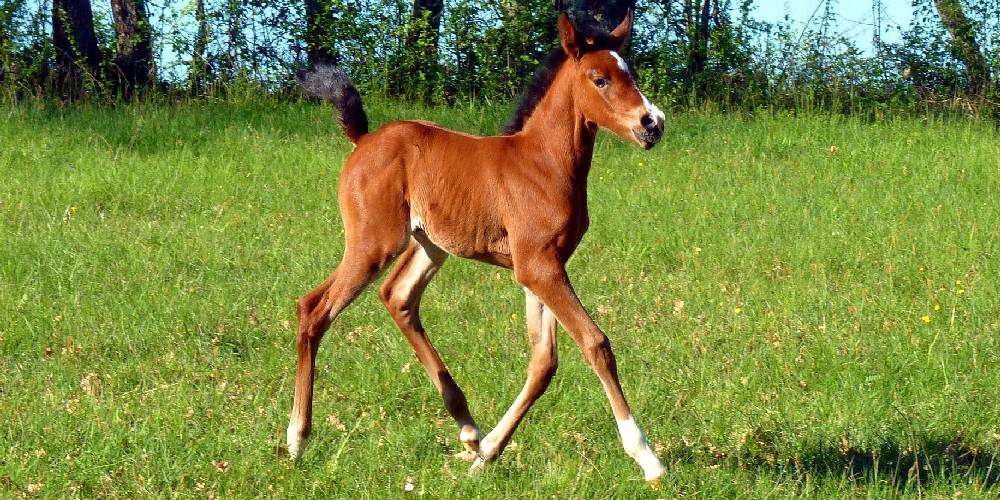
At one week old, there are so many new changes to the appearance, size, and development of the foal. By this age, the foal will have already gained between 10 and 20 pounds since they entered the world. Since birth, a foal will have gained between one and three pounds each day until around the age of 12 months which is when this will begin to slow.
At one week to ten days in age, foals will have grown their teeth in. These first teeth are called milk teeth or deciduous teeth and they will remain in the horse’s mouth until they turn 2 or 3 when they begin to be replaced by adult teeth.
If a foal was not able to run with its mother by day three, it should definitely be able to run with its mother by one week old unless a foal carries complications.
Around this age, you might notice that a foal is starting to try hay out for the first time. Seeing its mother eating hay makes the foal want to copy her so eating grass or hay here and there while still nursing is common.
One-Month-Old
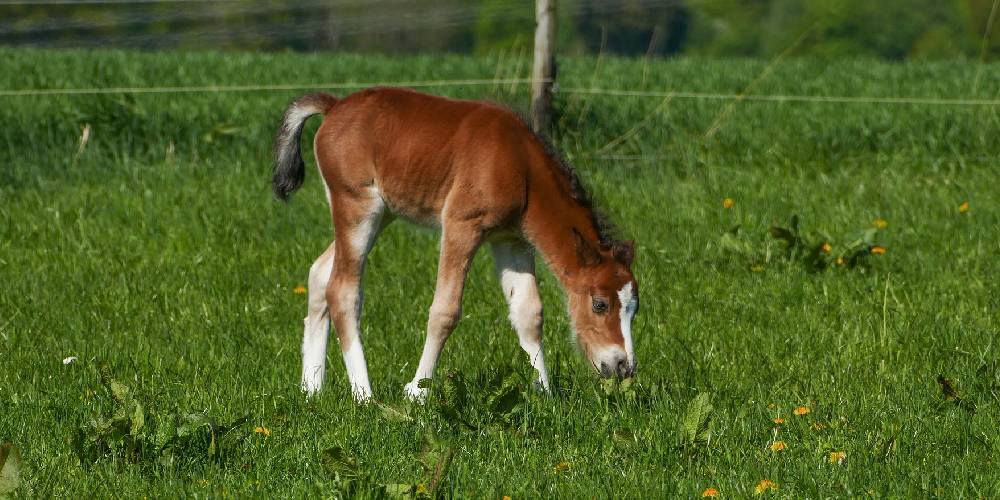
At one month old, a foal will have started to eat hay or grass consistently while still relying on mom to supply other nutrients through her milk. At this age, the foal will begin to get even stronger and more independent than ever before.
Running with the herd will be even easier at this age as the foal as grown so much anf gottent hat much mroe strudy, stable, and strong.
By one month old, the foal will have gained anywhere from 30 to 90 pounds!
Six Months Old
When a foal reaches the age of six months old they are already so so big! from birth they haven’t only grown rapidly (possibly have gained between 120 to 360 pounds), but they also have slightly matured.
Around this age, a foal should be weaned from their mother. The foal is now able to eat solid foods and survive on its own without it needed protection and nutrition from its mother.
Eight Months Old

At the age of eight months old, a foal should have been weaned from its mother. Your foal should be pretty comfortable in your presence and learning to tie, lead, and other things should be things you’re working on with your little baby.
Also, by eight months of age, a foal should have all of their baby teeth (deciduous teeth) grown in.
If your foal is a gray, you might notice that there is a growing abundance of white hairs mixed into the foal’s coat and that the coat is slowly but surely getting lighter. If your foal is a roan, the same thing should start happening though the white hairs will be more scarce.
If you are wanting to turn your stud colt into a gelded colt, it is around this age that castration or a gelding procedure is done. In this procedure, the testicles of a male horse are surgically removed to make the horse mature into a calmer more manageable male horse than if the testicles were left intact.
One-Year-Old
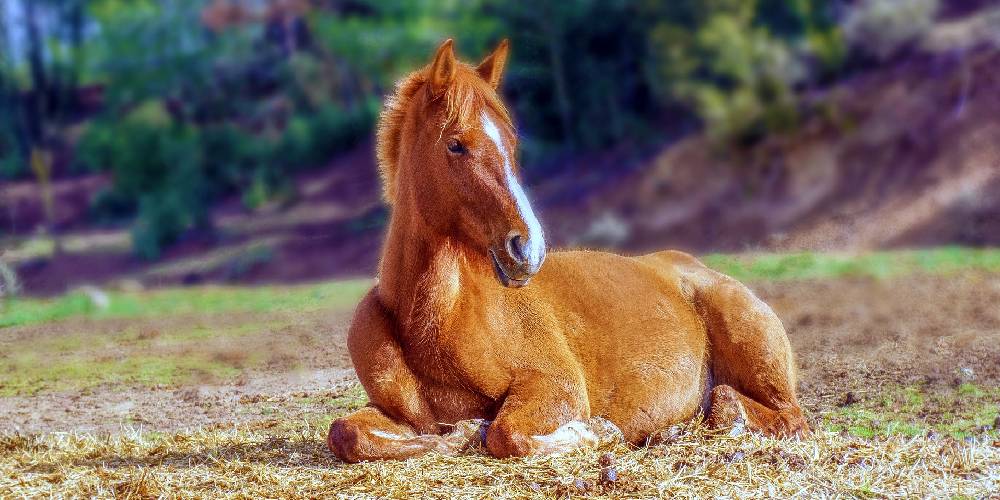
At one year old, your foal is now considered a yearling! You might notice that your foal is starting to look kind of awkward when it comes to confirmation. Sometimes yearlings don’t really grow evenly so their back end might be higher than their front end.
It is at this part of the foal’s life that they are entering horsey puberty which explains the awkward proportions and conformation of the foal at this age.
Two Years Old
When your foal is two years old, you should have a veterinarian examine your foal’s knees to see if the cartilage in the has fused. Once the cartilage in the foal’s knees has fused, you know that it is now okay to start breaking them to ride as no permanent joint damage will be inflicted on the foal once this cartilage has fused.
Two year old colts and fillies will usually begin their breaking and training process at this time in their lives. It is rare that a two year old horse would be shown because it is at that age that their training begins.
Three Years Old
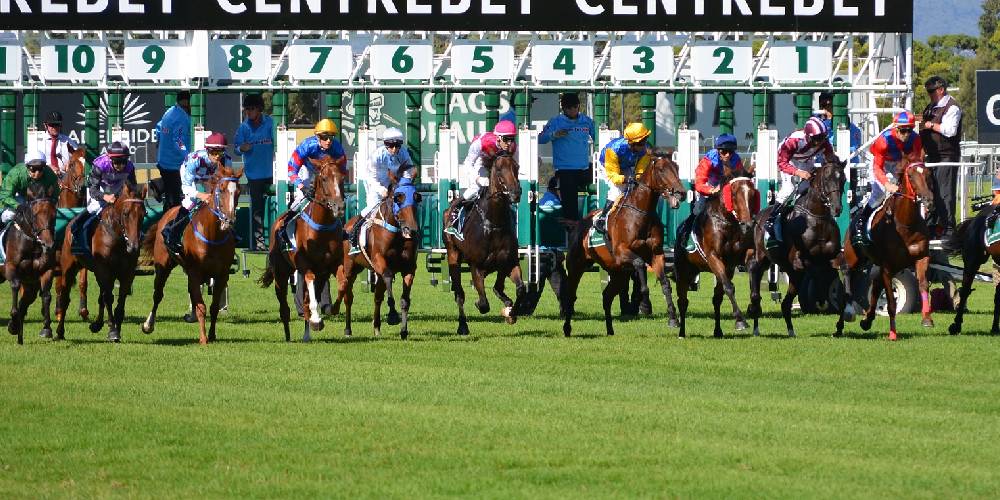
Three years old. That is a long way away from the tiny baby stages we were just talking about. It is at the age of three that horses are allowed to enter into competitions, races, and competitions under saddle such as:
- The Belmont Stakes
- The Preakness Stakes
- The Kentucky Derby
- The Scottsdale Arabian Horse Show
- Reining Horse Shows
- Any other horse shows or competitions.
Four Years Old
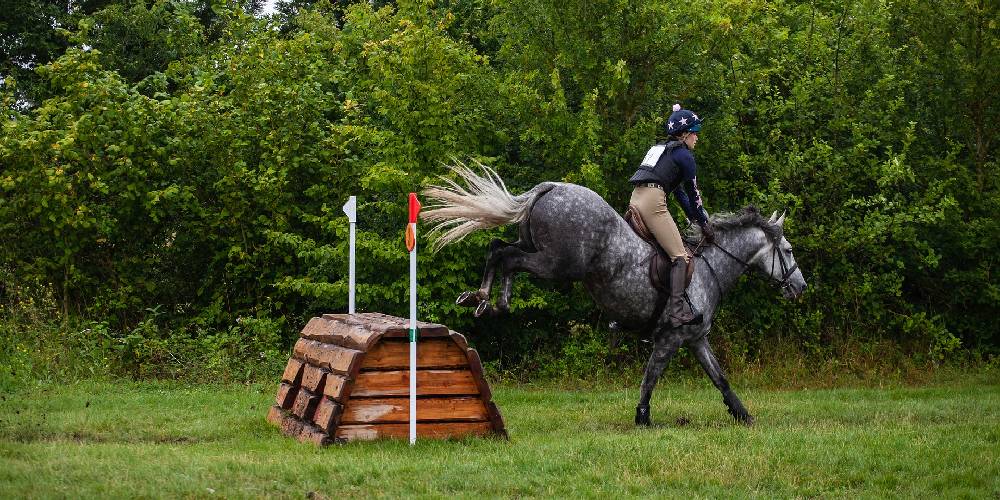
At the age of four, a horse is no longer able to be called a foal. At this age, the titles colt and filly are dropped and the names mare, gelding, and stallion are used to describe these horses.
By the age of four, a horse is fully grown and is able to be considered an adult horse. At this age, a horse should be broke if not green broke to ride if proper training was done to get these horses into working condition.
Six Years Old
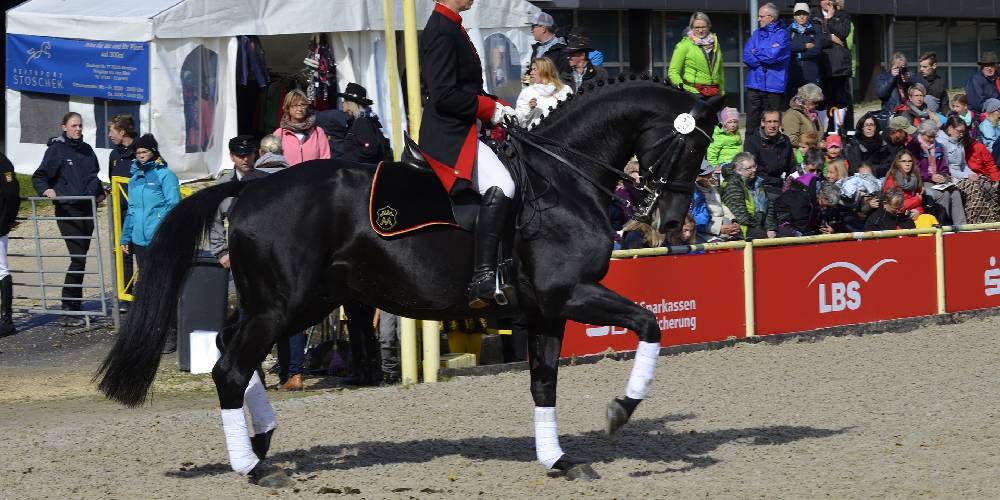
By the age of six, horses, if used for competition, will have already begun showing. Horses that need extensive training such as dressage horses should be wrapping up their training at this age.
A six year old horse is a horse that is not yet in their prime but with practice, training, and patience, a six year old horse will move into their prime years in the best condition ever.
Eight Years Old
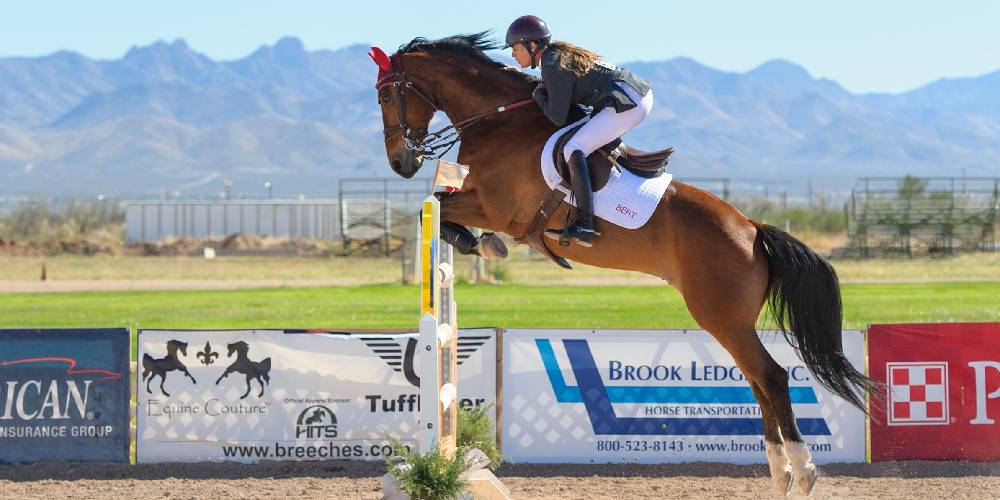
When a horse is eight years old, they are officially entering their prime years where they not only look their best, but act their best, have tip top health, and .
If you look at a horse’s teeth, an eight year old horse should have no sign of what is known as the Galvayne’s group. The Galvayne’s groove really only starts making an appearance around the age of 10 to 12 years.
Many of the horses you might see in a show or competition are around eight years old.
Fifteen Years Old
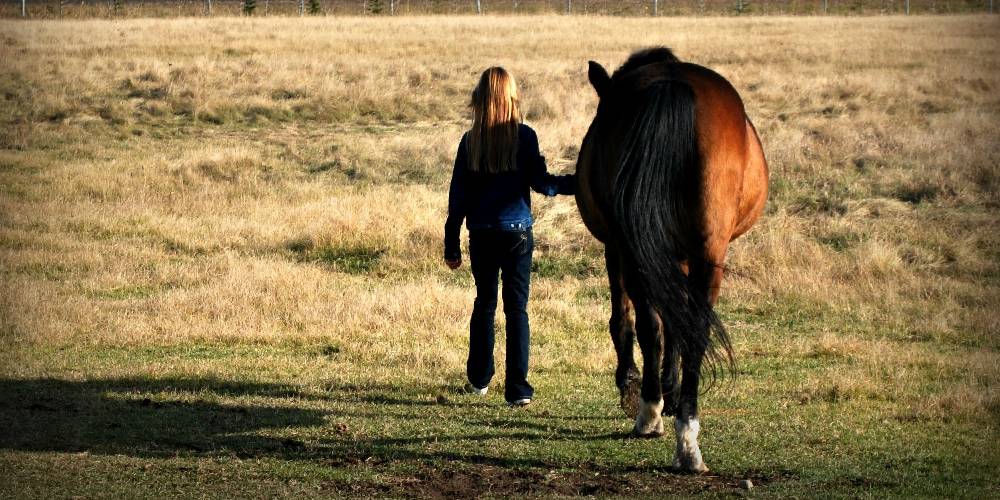
When a horse is fifteen, the prime years of its life begin coming to an end. It is at this age that Galvayne’s groove begins to become visible. This groove is actually how people would tell the age of horses back in the days before modern technology and pedigrees.
By this age, it is likely that a horse’s showing career would be coming to a close. The older age of a horse at fifteen years makes them not quite ideal for the show ring as the horse might begin to be surpassed by its younger competitors. At this age, these older horses are used as general riding horses, youth show horses, or lesson horses seeing htier shoe jistory os over.
Sometimes, if a mare has a good bloodline and has retired from showing at this age, she is bought by studs to produce even more top quality competition horses and the mare will then be used as a broodmare rather than as a competition horse.
At this age in a horse’s life, they are now being considered senior citizens. When your horse is fifteen they will begin showing signs of old age such as sunken eyes, protruding teeth, and other signs that your horse is aging. Don’t get me wrong, your horse has at least ten years left in them, but at this age, the signs of aging may start to show.
Twenty Years Old
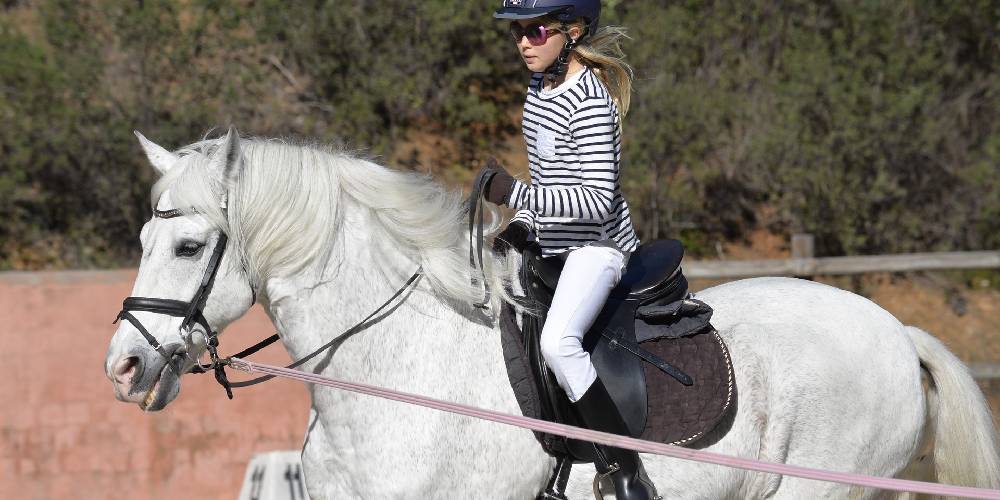
At twenty years of age, broodmares should probably stop being bred, show horses should probably retire, and lessening the workload on these horses may be a good idea. At the age of twenty, the following things might be noticeable in your horse:
- Sunken eyes
- Weight loss
- Random masses/lumps
- Protruding teeth (teeth might peek through the horse’s lips)
- Arthritis
- Ringbone
- Laziness
- Swayback
All of these things are signs that your horse is aging even further than at the age of fifteen.
Twenty Five Years Old
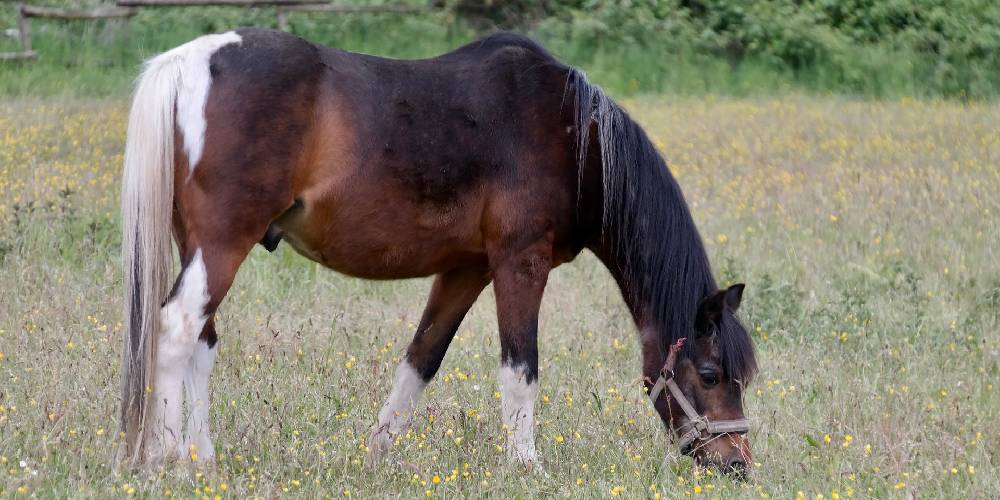
When your horse’s twenty-fifth birthday rolls around, you know that your horse is pretty old. By this age, not only will your horse likely have all the aging symptoms shown at the age of twenty, but all of these symptoms will likely be even more advanced. Moving can get painful if your horse has arthritis or ringbone, riding can get difficult if the horse is swaybacked, and other difficulties can arise as well.
At this point in a horse’s life, light exercise and retirement might be the best thing for your horse as their old age is starting to affect their soundness.
Death
The average lifespan of a horse is between 25 and 30 years of age. Some horses are known to live well into their 30s but this for the most part is uncommon. Give your old man/lady some love and do your best to make them feel comfortable, safe, and happy in these last few years of their life.

